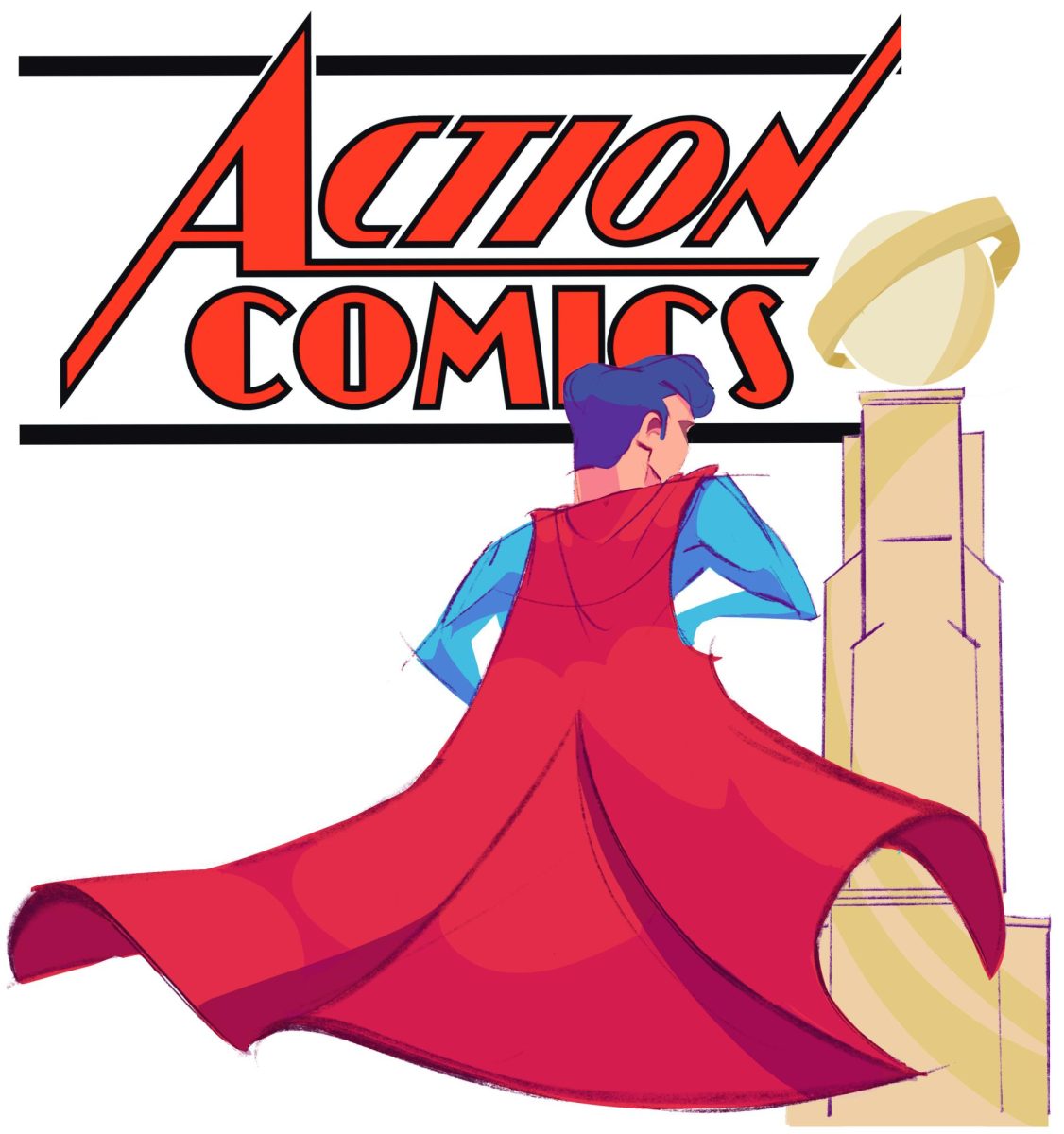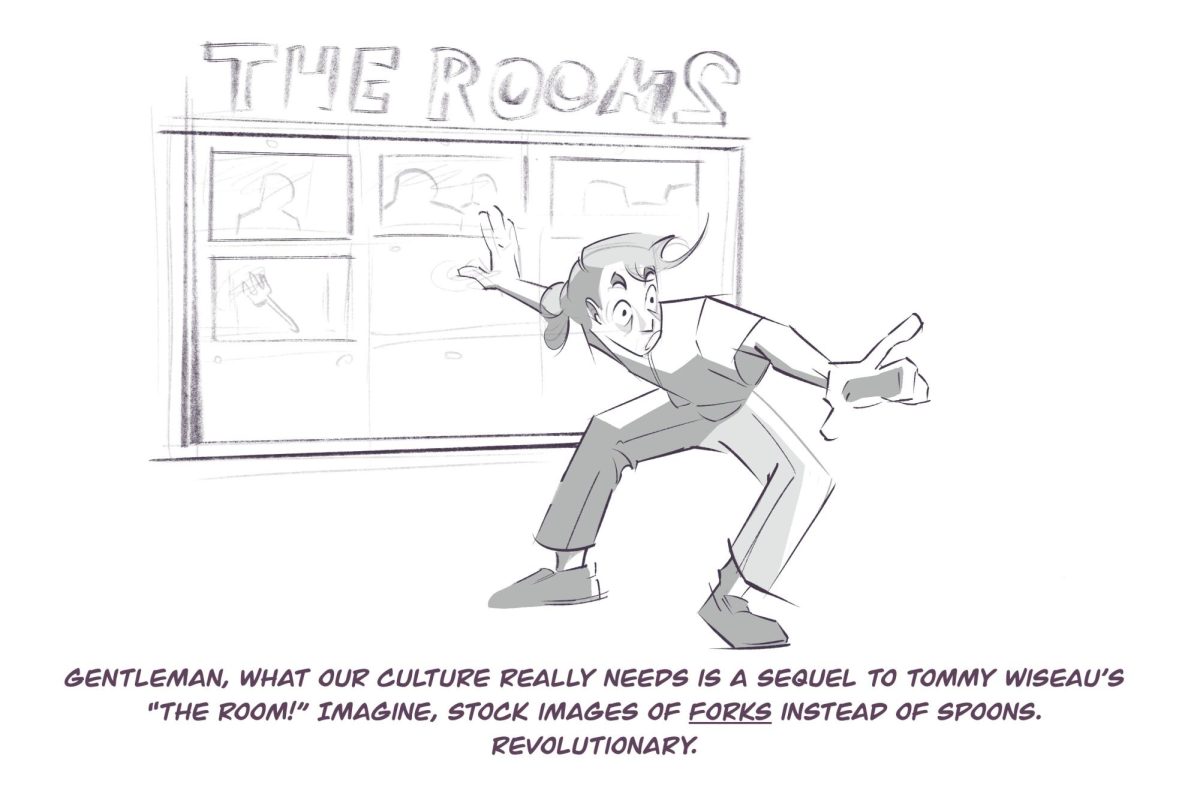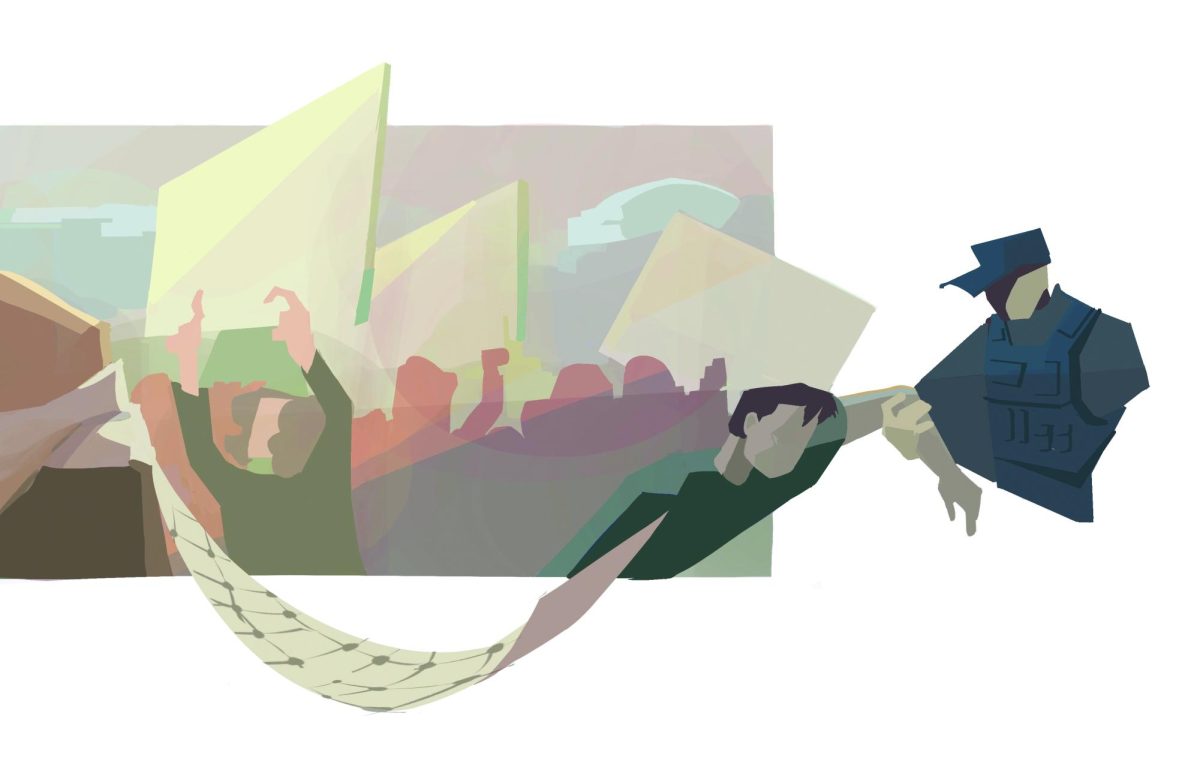By Diamond Victoria
Editor-in-Chief

“City Lights” (1931) was filmmaker and actor Charles Chaplin’s first film since the introduction of sound synchronization in talkies, the name given to movies with sound, three years earlier.
Chaplin is a master of silent filmmaking, and this proto- rom-com’s ability to win over hearts and minds through sentiment alongside animated gags only further proves his genius.
Chaplin thought adding dialogue would harm the film because it would require production on sound stages and sets due to the new, awkward sound equipment at the time. He is famously quoted as saying comedy is in long shot, while tragedy is close up. Talking in his films would mean the characters would be too close to the camera, diminishing the effect.
He is often compared to another silent filmmaker and comedian, Buster Keaton. Chaplin usually portrayed the same character – a perpetual outsider. Keaton, however, had a roster of characters he embodied. Both were slapstick comedy likenesses, though Chaplin is credited as pioneering the genre.
In “City Lights,” Chaplin plays The Tramp. The film was released at the height of the Depression, likely making this down-on-his-luck wanderer more relatable. But Chaplin almost always embodied this role in his films, basing it on his own impoverished upbringing. The Tramp is charming yet disheveled and always equipped with a cane, a black hat, battered clothing and a heart of gold. He only seeks to steer clear of trouble and get by with what he has.
The first scene in the film shows The Tramp asleep on a newly constructed Greco-Roman stone figure that has just been unveiled to a crowd by the mayor. The film uses some sound in addition to the full musical score Chaplin composed. In doing so, he makes a cheeky dig at talkies by adding unintelligible cackles and screeches when the mayor speaks, likely trying to prove his point that sound was not the infallible paradigm shift most thought it was.
Chaplin’s perfectly executed choreography in his films, especially in “City Lights,” makes his comedy iconic. In a scene where The Tramp is admiring the bust of a statue, he walks backward and forward, closely avoiding an elevator shaft leading into the ground. During this time, Chaplin’s eyes are fixed on the statue, and his well-rehearsed steps play a large role in his safety.
After a few minutes, the plot becomes apparent as The Tramp falls in love with a blind flower girl (Virginia Cherrill), mixes company with a drunken millionaire (Harry Myers), lands himself in a boxing ring and eventually wins the heart of the girl after a brief stint in jail.
Myers’ character, simply credited as An Eccentric Millionaire, has a penchant for liquor and only recognizes Chaplin’s character after a few drinks. The two enjoy champagne, dancing and four-course meals. However, the sober dawn awakens a different man, and The Tramp is chucked out into the street.
His relationships in the film are with those who either cannot or do not see him. This aspect speaks to the real character of The Tramp – an often-overlooked drifter who has almost given up on himself.
The final scene of the film is one of filmmaking’s greatest. The Blind Girl restores her vision and finally sees the man who has taken care of her. Only he is penniless and wearing torn clothing. The film fades as an emotional audience sees a giddy Chaplin.
“City Lights” is a crowning achievement of silent comedy. It won numerous awards and is preserved for generations for film lovers to see through The Criterion Collection. It showcases a universal message of true personal worth that is just as powerful today as it was in 1931.












